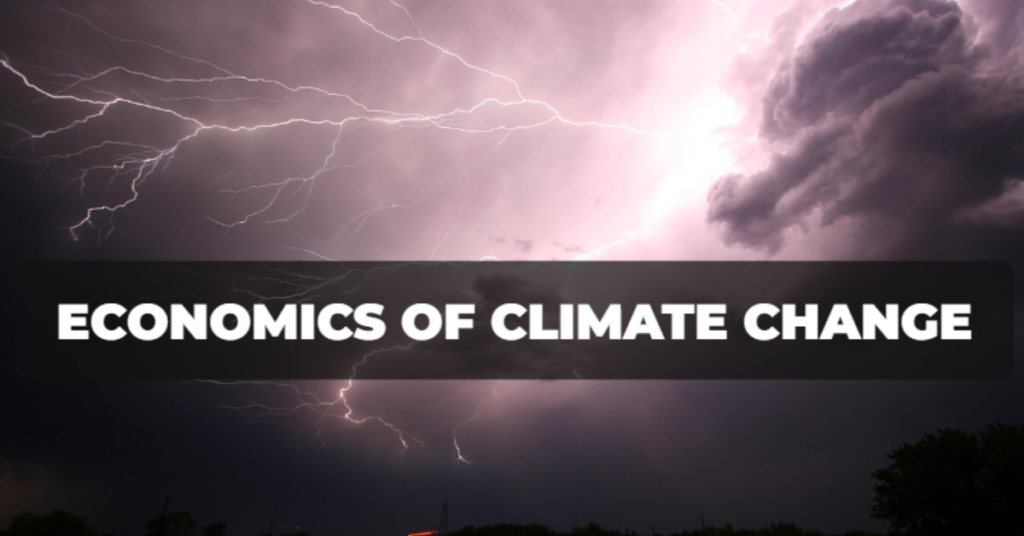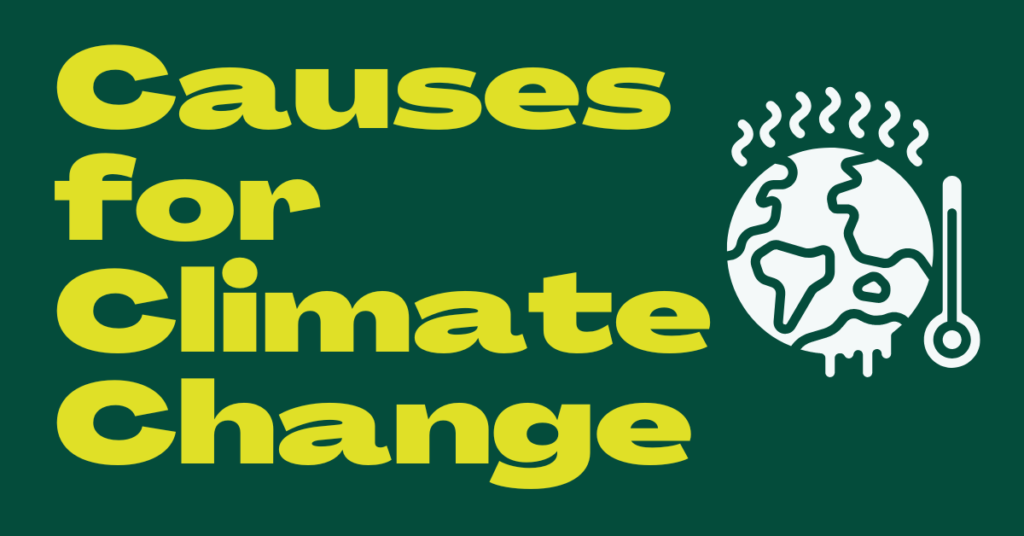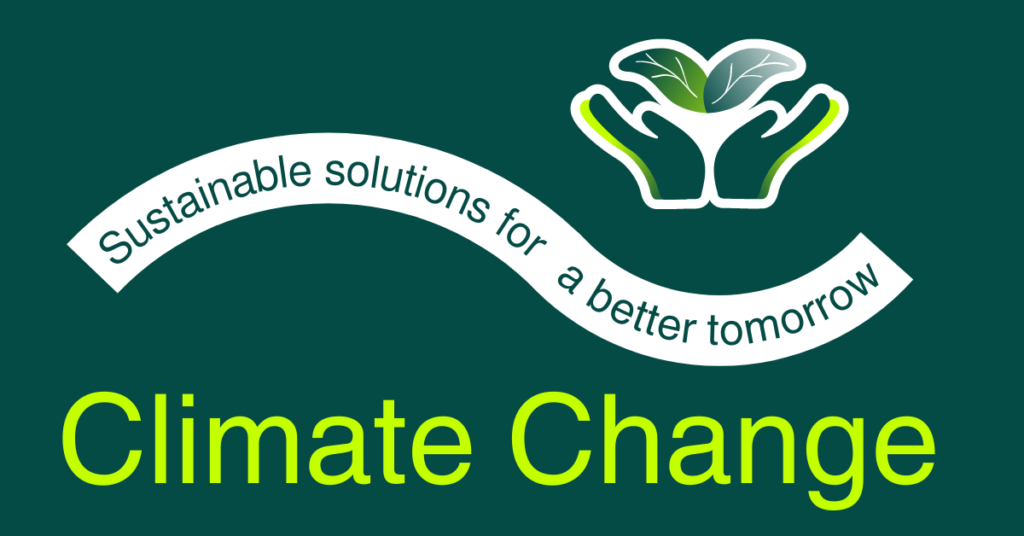Economics of Climate Change and Environmental Sustainability
by admin · Published · Updated

Climate categorizes the long -term weather pattern in a particular region. A description of a climate includes information such as the average temperature in different seasons, rainfall, and sunshine. Climate change refers to the structural changes in the temperature and weather patterns over the years. Events like worsening of Air Quality Index, rise in sea water levels, melting of glaciers, and rise in temperature level are few major effects on climate change. As per the “Global Climate Risk Index 2021” India is ranked 7th in the list of most affected countries in terms of vulnerability and exposure to climate change related events.
The causes for climate change can be natural, due to changes in the sun’s activity or large volcanic eruptions. But since the 19th century, human activities have been the main driver of climate change, primarily due to deforestation and burning of fossil fuels like coal, oil and gas.Burning of fossil fuels generates greenhouse gas emissions that act like a blanket wrapped around the Earth, trapping the sun’s heat and raising temperatures.

There are various causes for climate change like deforestation, urbanization, industrialization, pollution etc. These all events leads to rise
in carbon dioxide in the atmosphere, rise in temperature, increase in sea
water level and worsening of AQI’s. Natural disasters such as landslides
and cloud burst can also be caused due to human intervention with the
environment and its norms.
The effects of human intervention with the environment and changes in
the climate ultimately hamper the economy of a particular region whether
it is about states, countries or the whole world. Natural disasters such as
landslides may lead to soil erosion, due to which thousands of people needs to be dislocated. The economy needs to be channelized towards rehabilitation activities for those affected. It is not just the habitat gets affected but also their profession, means of earning gets hampered.
The surge in the CO2 level would imply a rise in health related problems among the living beings, whether it’s about humans, cattle, animals and birds. This would force the governments to channelizing the economy towards improving the health infrastructure.
The rise in sea levels implies a threat to floods and cyclones in the coastal areas, which could damage the infrastructure worth thousands of
crores. In this scenario also people need to be dislocated.

Though human activities are the root cause to majority of the climate
change factors. We need natural resources for the development of our
economies. Wise and judicious use might also benefit the humans, but it
the greed of mankind to exploit the natural resources beyond its need
that gives rise to the dying need for Environment Sustainability. Environment sustainability is the ability to maintain an ecological balance in our planet’s natural environment and conserve natural resources to support the well-being of current and future generations.
This would mean that the living beings could coexist at the same time.
It is evident that there is a vicious cycle between the economy and the
climate change. The economy needs natural resources like wood,
fossil fuels, land etc for the developmental activities. The exploitation
of these natural resources leads to changes in the long term patterns
of the Earth ultimately leading to climate change and global warming.
Suppose we are cutting down trees for development purposes but not
planting enough trees back to the environment. Then it would lead to
disruption. In order to balance out the alarming effects of climate
change, environment sustainability is the lender of last resort.
The above mentioned activities of human kind is calling for some
measures on environment sustainability. The human kind must minimize
the use of plastics. We can rather use bio-degradables for the very
purpose. We must switch towards green growth like shifting from
conventional petrol/diesel vehicles to Electric Vehicles. India took an
ambitious target of becoming carbon neutral by the year 2070 in COP-26. Also, India aims to contribute 2.5% of GDP towards Green Growth till 2030. All this needs collective efforts from each and every citizens in the form of small inputs or structural changes.



